This is a free fortnightly newsletter about the New Zealand Net.
If you would like to be notified by email when a new edition is published, please subscribe here.
Browse our Newsletter Archive and List of Net Tips.
Featured key
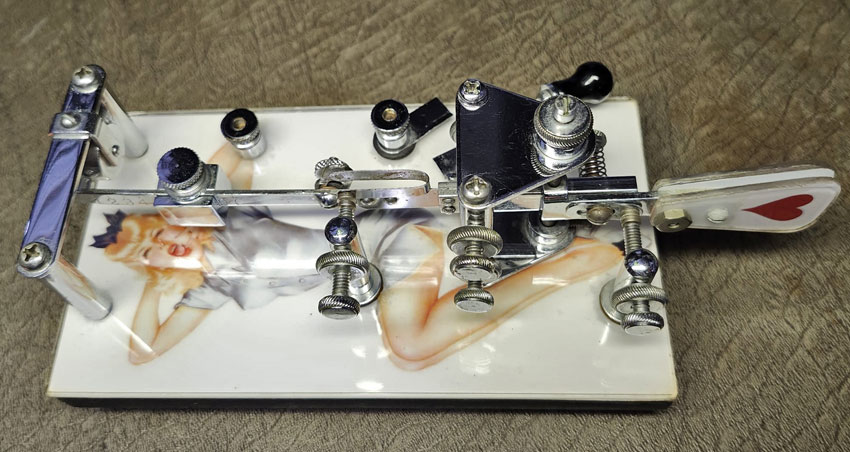
Photo: KP3W
By Chris G5VZ
In a recent round table discussion, Jose KP3W mentioned a ’special edition’ Vibroplex bug he uses every day. The chat about unique keys led us to seeing his rather unusual, 1940s-style reproduction.
I immediately thought this might be a great NZ Net News Featured Key item. I checked with Jose and he is actually delighted that others might enjoy seeing the key he calls The Sleepy Gal. The image is, of course, a style similar to fuselage decoration of WW2 aircraft, especially American. Here’s how Jose describes it:
About ten years ago I saw a bug – a Lightning or a J-36 – with this decoration, on eBay. It belonged to an Army signals operator. (His name is not clear on the images with handwriting.)
Not being able to purchase the bug, I decided to create an exact reproduction. I downloaded all the images from the eBay listing. Having seen this lady many times, painted on World War 2 planes, I knew where to look. It is an artwork by the famous pin-up artist Alberto Vargas from Esquire magazine.
I downloaded the complete catalogue of his artwork and looked for this girl until I found her. The image was then reproduced on high quality glossy paper and I bought some clear acrylic to place over it. The photo was mounted on a 1951 Vibroplex Lightning Standard. The paddles are exact reproduction as they were, with clear acrylic and hearts over a white background.
History is sometimes as interesting as the artefact itself. I have planned for maybe having another one made with one of the other girls, but for now I am practising some gold pin-striping for another Lightning.
* If you have an interesting key for this feature, please send a nice clear photo and a few words describing it. We currently have quite a few interesting keys in the queue, so please be patient if your key isn’t featured right away.
Quick notes
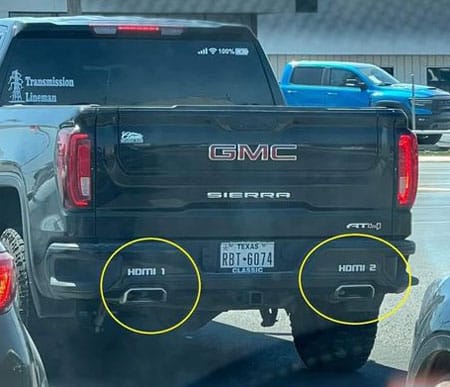
ZL2GVA Memorial Sprints CW Division winner was NZ Net member Grant ZL2GD. Full results
Jock White Field Day winning teams included lots of NZ Netters:
- Northern Region: ZL1XH – Branch 77
- Central Region: ZL2AB – Branch 27
- Midland Region: ZL3RR – Branch 68
- Southern Region: ZL4AA – Branch 30
Battery fires increasing. Radio New Zealand reports: “People are being told to stop charging their e-devices once they are full as the number of fires caused by batteries rises. Data from insurer AMI said there had been a 17 per cent increase year-on-year in fires started from lithium ion batteries.”
Photo flashback
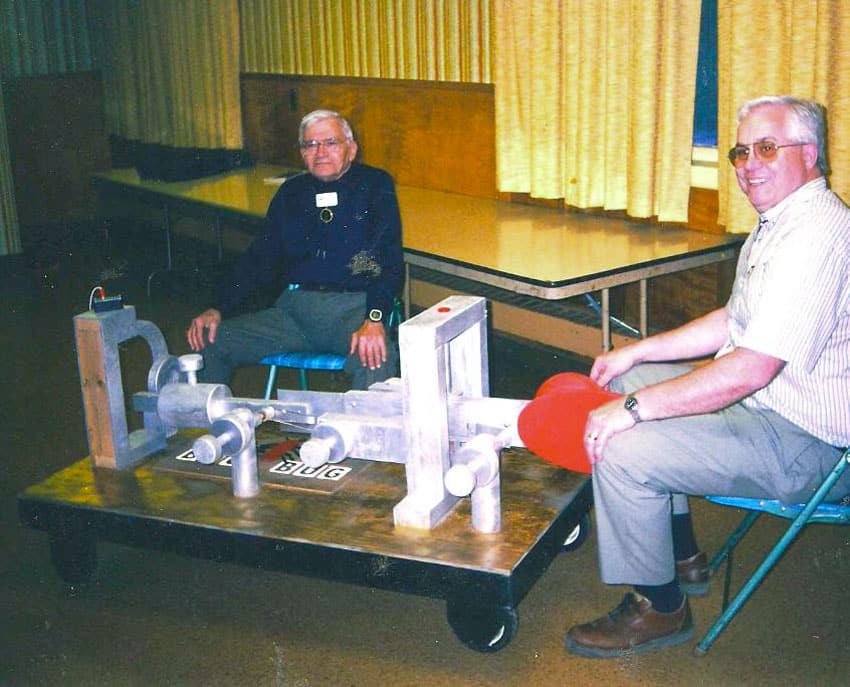
The bigger the bug, the bigger the signal? Jim Mozley W2BCH (left) and Jerry Wright NK2C with an enormous version of a Vibroplex Original Deluxe which Jerry fabricated. The bug actually worked (note the code oscillator sitting on the damper frame).
– Photo and info from Tim Colson on Facebook
Cryptic QNC
By Peter ZL1PX
A GALLILEAN MOON TURNS ON BACK TO A GLOBE THAT REFRACTS RF
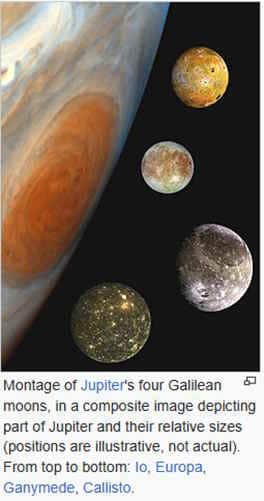 As you may have noticed, last week’s cryptic clue got me so excited I forgot to include the number of letters in my QNC!
As you may have noticed, last week’s cryptic clue got me so excited I forgot to include the number of letters in my QNC!
Clue summary:
1. A GALLILEAN MOON – There are four of these: Ganymede, Calisto, Io, and Europa.
2. TURNS ON BACK – Reverse the word ‘on’ giving us ‘no’. We now have IONO…
3. A GLOBE – think of other words for globe – ball, planet, earth, world, orb, sphere, etc.
4. THAT REFRACTS RF – Something that makes radio waves refract.
So putting these together, we have IO + NO + something with a spherical shape, which gives us something that refracts radio waves and we get, eventually, to IONOSPHERE.
I will try and include the number of letters in future but I HAVE received one QTC with the correct answer the first day after QNC. The number of letters would have given it a tad more certainty.
Net numbers

NR11 R ZL1NZ 45/42 AUCKLAND 0900Z 1MAY25 = NZ NET = APRIL QNI VK3DRQ 27 VK4PN 18 ZL1AJY 3 ZL1ANY 25 ZL1AUN 9 ZL1AYN 14 ZL1BDS 14 ZL1NZ 27 ZL1PX 15 ZL2GD 14 ZL2KE 14 ZL2LN 15 ZL2TE 7 ZL2WT 4 ZL3TK 12 ZL4GW 16 ZL4KX 18 ZL4LDY 8 TOTAL 260 QTC 34 = ZL1NZ
Mawson’s mysterious code
By Karyn Bradford
I am researching Mawson’s Australasian Antarctic Expedition, and have found coded messages amongst the wireless messages. An example of this is “fenian ranche eleven.” I believe the first word was the barometric pressure, the second was the wind direction, and the third was wind speed – but not the actual number. (It was almost never that calm at Commonwealth Bay.)
I believe that there might have been a cypher system set up in the early days of the Australian Bureau of Meteorology that was also used by New Zealand. Do you have any information about this?
I believe this cypher pre-dates the more standardised 5-letter abbreviations. As you can see from the sample below, the number of letters is not uniform.
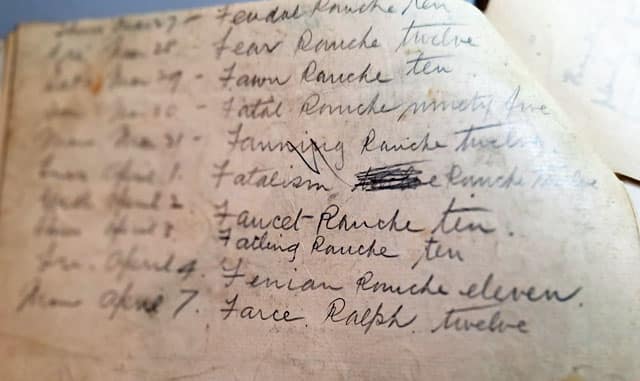
This is the larger sample that I have. It’s a poor photo, but the dates on the left in sequence are March 27-31, April 1-4, and 7. The year is 1913.
If you have information about this code, please send it to the NZ Net News editor.
Mugshot
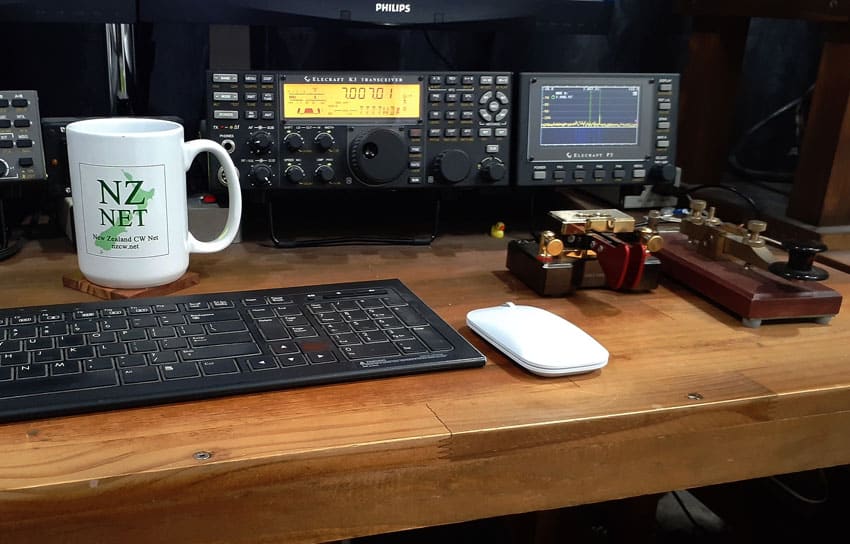
Photo: ZL4FZ
Video: Pitcairn Island Radio
More information: maritimeradio.org
Net tip: QNI
We continue our look at Q signals with one of the most commonly heard signals on a net: QNI.
QNI has two meanings:
- when sent by Net Control, it means “Net stations report in now”,
- when sent by any other station, it means “I am reporting into the net.”
Fortunately, the context always makes the meaning clear.
Also, if Net Control sends QNI? it’s clear they are asking if there are any other stations wishing to check into the net.
Net Control will call for general check-ins (QNI PSE) after those stations that will be sending or receiving formal traffic have checked in at the start of the net.
The A-Z of Q Signals
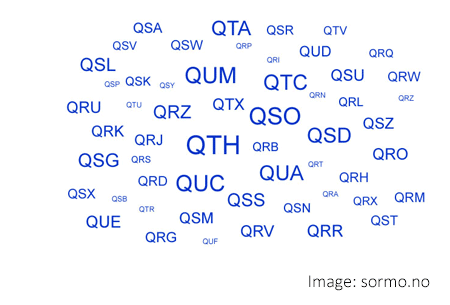
A well-run CW net is a lovely thing to experience. Communication between stations is quick and concise, and the net business is conducted with minimal time wasted.
As CW operators, we have many techniques to communicate quickly and efficiently. And if we know and use these techniques, we can often match or exceed the speed and accuracy of voice communication.
One of our most important tools is the set of Q Signals (or Q Codes), and in this series we look at the “essential” ones, in alphabetical order.
Advertising archive
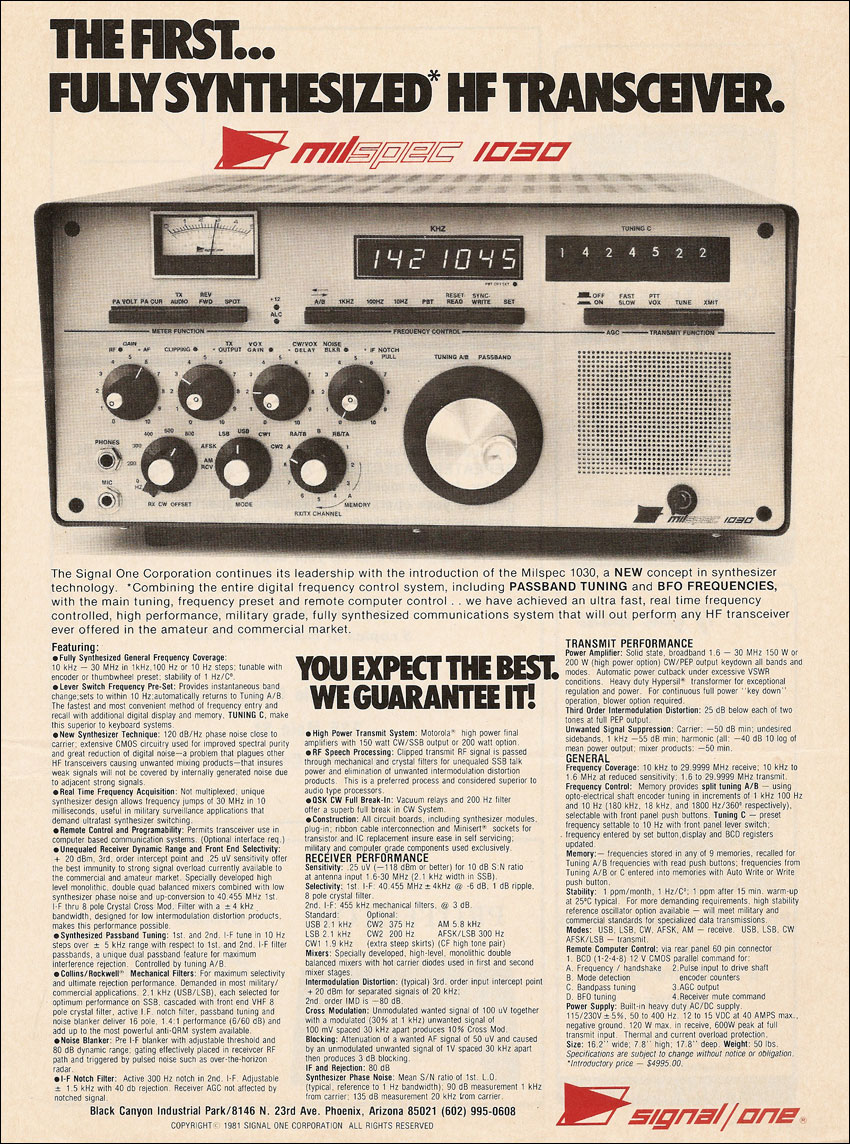
1981 dream machine: 150 W output, 200 Hz filter and full QSK with vacuum relays. All for just US$5740. That’s a little more than US$20k in today’s money.
Suggestions?
If you have suggestions on how to make the NZ Net better, or things you’d like to see covered in these newsletters, please contact ZL1NZ. Articles and photos will be gratefully received!
Thanks for reading, and I hope to hear you soon on the NZ Net!
—
Neil Sanderson ZL1NZ, Net Manager
New Zealand Net (NZ NET)


